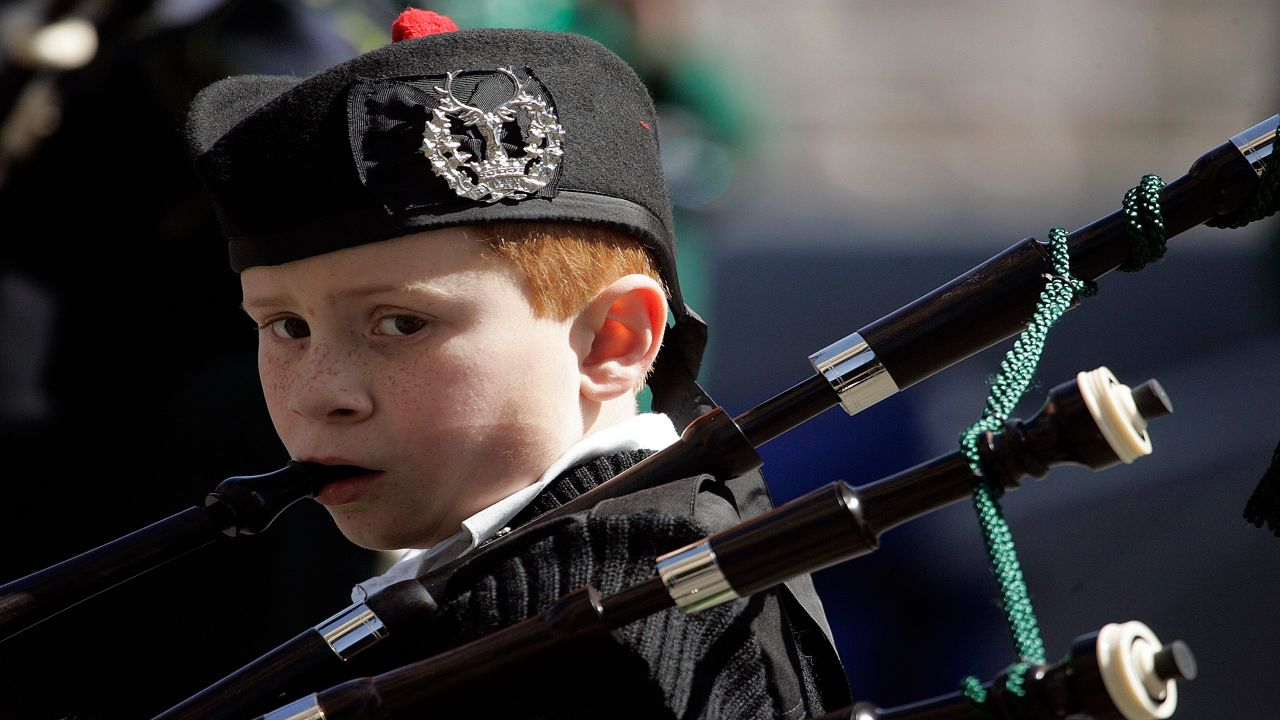CINCINNATI – For many, St. Patrick’s Day has become an Irish-themed celebration of good times and the coming of Spring. But in Cincinnati, the feast day of Ireland’s patron saint is much bigger than green beer and corned-beef sandwiches.
What You Need To Know
- The Irish Heritage Center of Greater Cincinnati is open from 2 to 11 p.m. on St. Patrick's Day
- The event will begin with an Irish Catholic Mass and end with hours of dancing and singing
- The Heritage Center is in the East End of Cincinnati, which experienced an influx of Irish immigration in the mid-1800s
- St. Patrick's Day also provides a chance for families to celebrate their Irish ancestry
On Thursday, the Irish Heritage Center of Greater Cincinnati will host its annual celebration of the Feast of Saint Patrick, a cultural and religious event marking the life of the 5th-century Christian missionary and bishop of Ireland.
“You don’t have to be Irish to come to the Irish Heritage Center. You just have to want to have a good time,” said Maureen A. Kennedy, who founded the center on Eastern Avenue in 2009 with her husband Kent Covey.
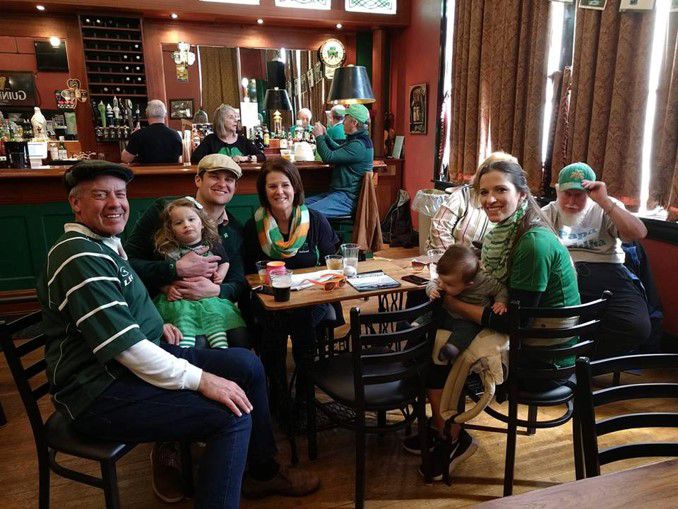
Both of their grandparents immigrated from Ireland—Covey’s from Ballyhaunis in County Mayo and Kennedy’s from Kildysart in County Clare.
Kennedy said they created the Irish Heritage Center Charitable Foundation to promote the culture, traditions and story of Irish in Greater Cincinnati.
People and groups from Ireland and abroad regularly visit the center to provide classes and demonstrations of various aspects of historic Irish life and customs, such as dancing, food, language, literature, music and mythology. There may be a bit of beer, too.
The Irish Heritage Center exists inside the old McKinley Elementary School, which was constructed in the 1800s. Kennedy and Covey converted one of the former classrooms into a pub called The Thatched Roof.
Kennedy takes great pride in the fact the Heritage Center earned the award for knowing how to pour a perfect pint of Guinness.
One of the biggest days of the year is St. Patrick’s Day. They’ll start the day with an Irish Catholic Mass in the center’s theater at 2 p.m. “Immediately after” the Mass the pub will open, Kennedy said.
“We’ll have great Irish foods, like homemade Irish Stew and corned beef,” she said. They’ll also have a variety of musicians and Irish dance troupes. There will be story time for kids and history lessons for the kids at heart. St. Patrick himself will appear for a photo-op.
“We have this amazing, amazing, man named Mike Murray who will lead a popular Irish sing-along later in the evening,” Kennedy added.
The event is free to Heritage Center members and $10 for adults and $5 for kids 3 to 15.
Kennedy said they expect to be “really busy” from the start of the day until about 11 p.m. depending on the crowd. It won’t surprise her, though, if it goes a bit later in the evening.
“It’s kind of the Irish way,” she added. “We like to enjoy and celebrate life.”
Irish history in Cincinnati
Today’s St Patrick’s pageantry and celebration during St. Patrick’s is a far cry from what Irish Catholics experienced when they arrived stateside.
Kevin Grace, a retired University of Cincinnati archivist, wrote that one of the largest influxes of Irish Catholics to Cincinnati happened in the 1840s and 1850s because of the potato famine.
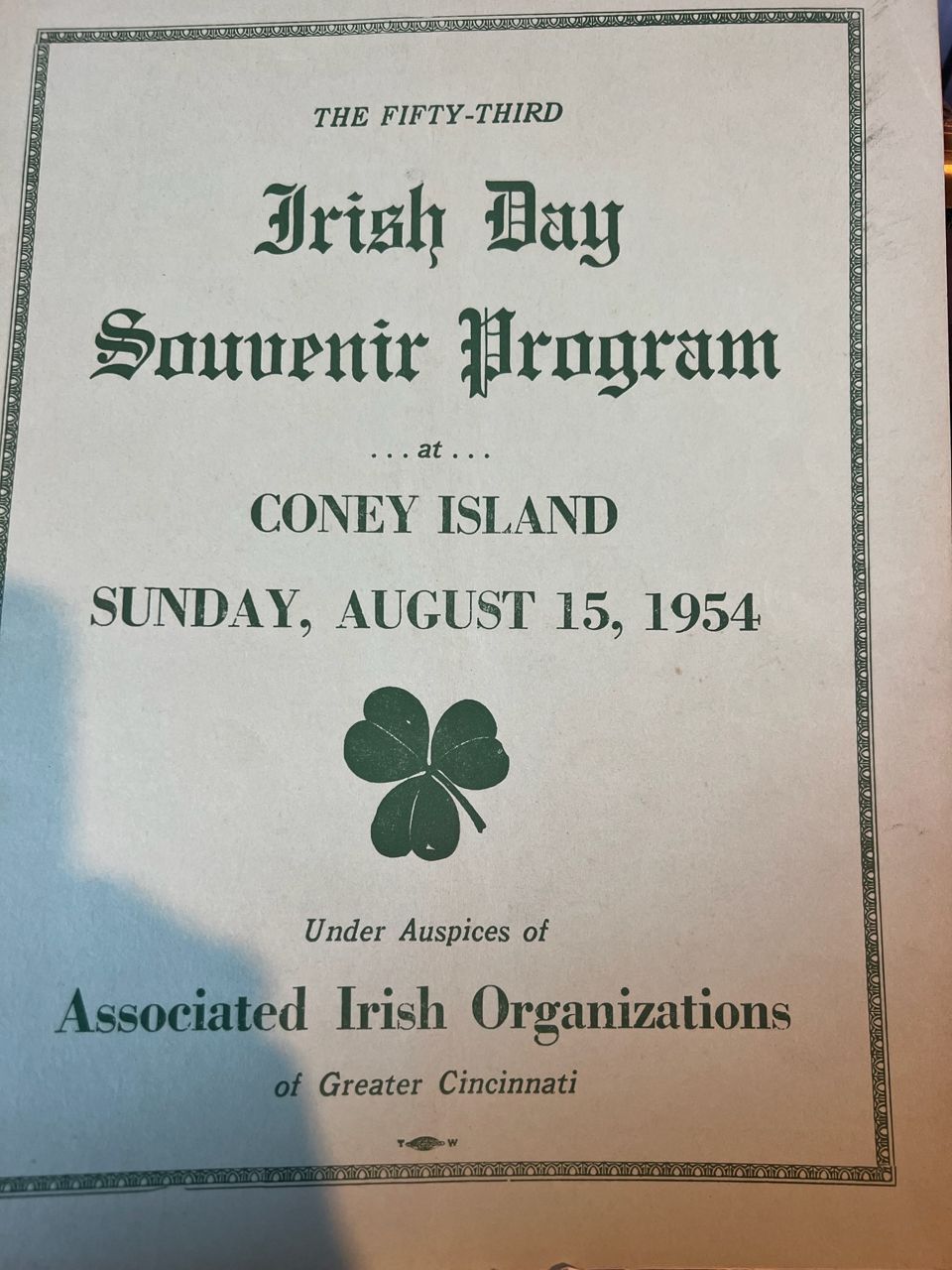
While people know Cincinnati as a German town, it certainly has Irish roots as well. And it led to tension within the local Catholic Church, Grace wrote in his book, “Irish Cincinnati.”
Grace stated the cultural differences between Cincinnati’s German and Irish Catholics, the local archdiocese often had to set up German-Catholic parishes and Irish-Catholic parishes. It was Cincinnati Archbishop John Baptist Purcell who eventually helped pave the way for the Irish Catholics to get “some measure of respect,” Grace said.
Many of the early Irish settlers earned a perception as “low-class, ne’er-do wells—as poverty stricken,” Grace said. But in reality, many were prominent figures in the city. Grace listed among them James Gamble, the co-founder of Procter and Gamble; David Sinton, who made his fortune in iron; and the Pogue family, which founded the Pogue’s department stores in Cincinnati.
“Frequently, the Irish scrabbled for a living, often facing tremendous resistance and discrimination from nativists and Know-Nothings,” Grace wrote. “They also persevered and eventually took a fair and rightful place in American society. By the 1870s and 1880s, they were well entrenched in the professional ranks of politics, law, business and police and fire divisions.”
While Irish migration to Ohio peaked during the 1840s, thousands of Irish men and women continued to migrate to Ohio during the late 19th and the early 20th centuries. In 1900, 55,018 native-born Irish people lived in Ohio, making them the second largest such group, behind only Germans in the state.
The number of Irish migrants living in Ohio drastically declined by 1920. But the legacy of Irish culture has remained.
Irish legacy and family tradition
One person who plans to attend Thursday is Patrick Ormond, who grew up a stone’s throw away from the Heritage Center in the East End neighborhood. He said “St. Patrick’s Day has always held a special place in (his) heart” in part because of his ancestral connections to the Emerald Isle.
Ormond’s father, Richard H. Ormand, was 24 when he moved to Cincinnati from Ireland in 1937. He followed in the footsteps of his older brother, John Ormond, who moved to the United States three years earlier.
Patrick Ormond said his father and uncle had to leave Ireland after familial hardships fell upon his family following his father’s need to flee the family home in Wexford, Ireland, in 1916, because of his participation in the Easter Rebellion (Irish Revolution).
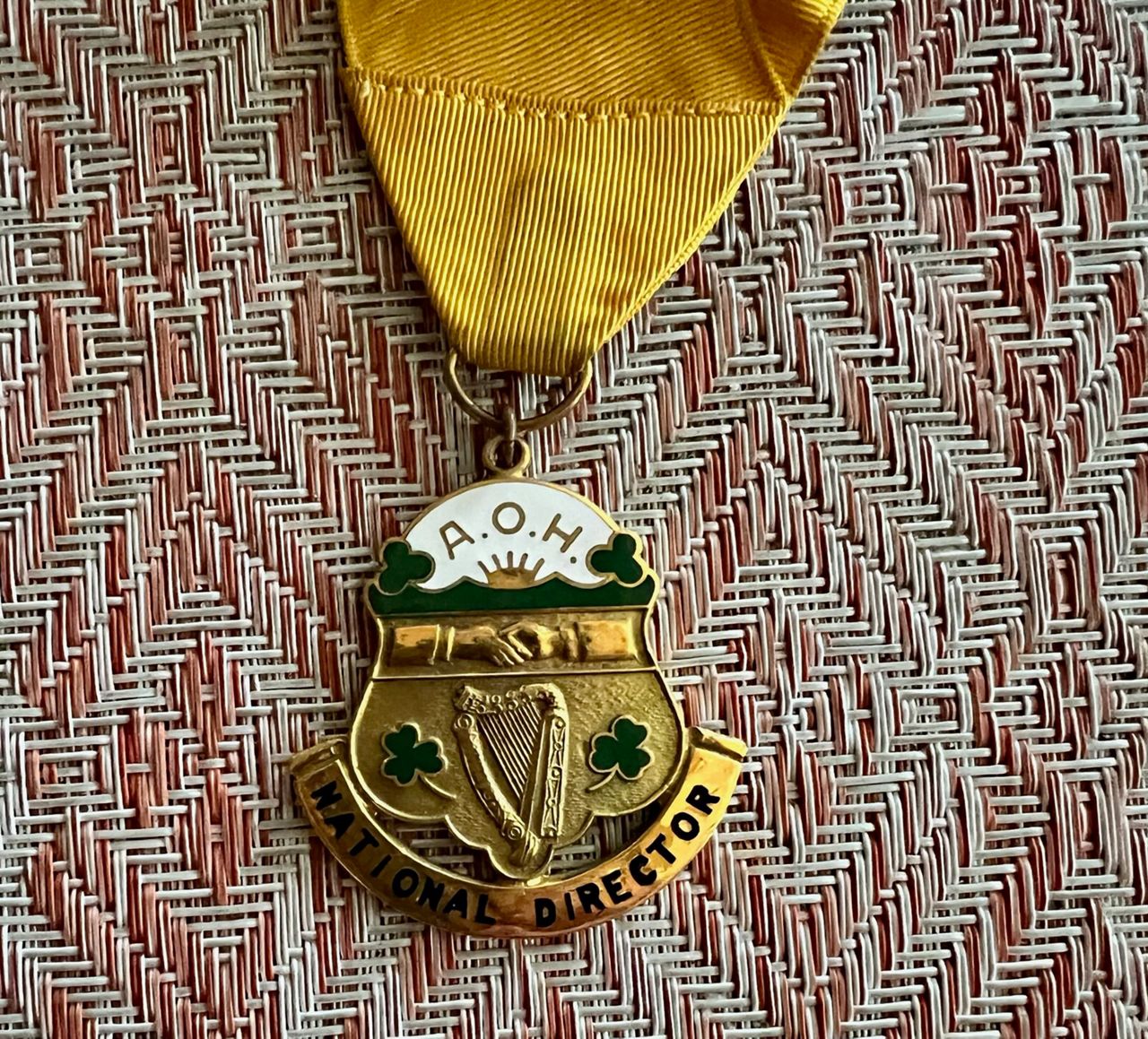
The Ormond brothers shared a flat in the O’Bryonville neighborhood until Richard married Mary Eileen Duffy, one of 13 children of Irish descent. Richard met his wife-to-be while they both worked at John Shillito & Co., commonly known as Shillito’s, one of Cincinnati’s most prominent department stores.
“Needless to say, they bred Irish culture into me,” Ormond said.
Ormond’s parents ended up settling in a house on Missouri Avenue in the East End. Fittingly, the home had shamrocks etched into its shutters. He lives about eight houses away from where Ormond lives today. The decorative shutters of his familial home are still there.
“People were welcoming. There were many, multiple families that were second- and third-generation when my father came here in 1937,” Ormond said. “Cincinnati, in its early days, was a site for immigrants that worked on the earliest water lines.”
The Heritage Center is just off the Ohio River and about four miles east of downtown.
“That’s the first area where they were, where they wanted to plant roots,” Kennedy said. “You know, they started making homes and making jobs.”
Ormond’s father helped found the Irish Day Parade in downtown Cincinnati. He was also a national director of the Ancient Order of Hibernians and served as chairperson of the Friendly Sons of St. Patrick, a charitable and social organization for Irish-Americans founded in 1771.
The Cincinnati branch has an active glee club which has performed hundreds of benefit and goodwill performances for parts of the past three decades. Ormond’s father was “very proud to be a member."
The singing and dancing during the St. Patrick’s Day celebration “touches (Ormond’s) heartstrings” every year because of his father’s connections to it.
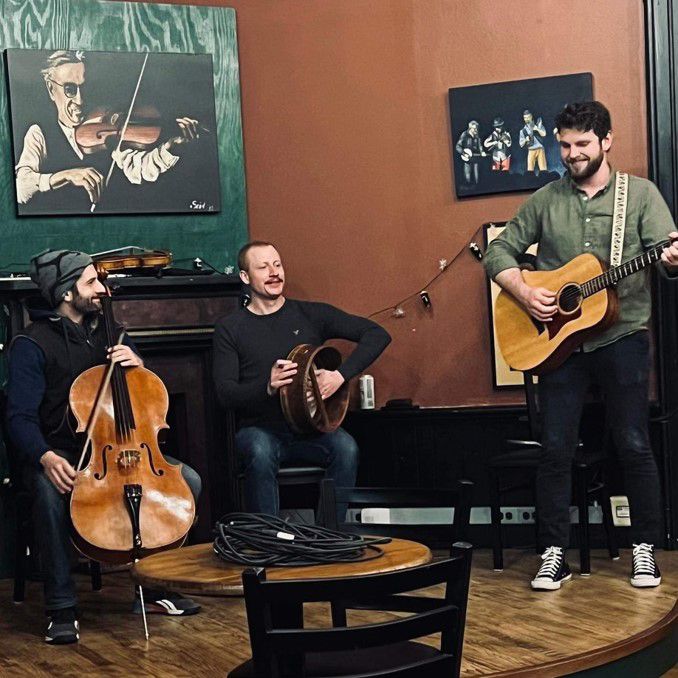
“I would say the real star of the entire event is the music in the pub and the stories of history that are sung,” Ormond said. A favorite of Ormond’s is “The Fields of Athenry,” an Irish folk ballad set during the Great Famine of the 1840s. The lyrics feature a fictional man from near Athenry in County Galway, who stole food for his starving family and received a sentence to serve time at the Australian penal colony at Botany Bay.
Like most of the rest of the city, the Heritage Center hosted a day of events on Saturday, March 12, to mark the unofficial celebration of St. Patrick’s Day. It was the day of Cincinnati’s annual parade as well.
Ormond called Saturday a “spectacular success” with hundreds of people stopping by to enjoy both the dancing, the music, the stories, and more than a few pints of beer.
He said he expects Thursday to be a little more tame. “It’s more for conscientious Irish, then party Irish,” he joked. Those who will be there for the celebration of the day and more of the cultural components.
“It will be a bit of good-hearted Shamrock Camaraderie,” he said.



